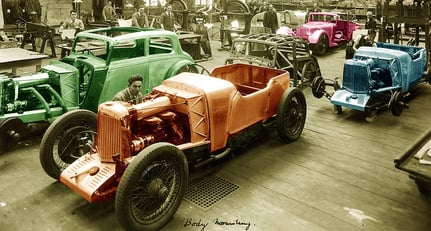The company was formed 100 years ago, just before the outbreak of WW1. So when we say ‘pre-War’, we do indeed refer to both conflicts. But the vast majority of cars built prior to 1939 were in the inter-war years, when a tangle of failed and then resuscitated companies existed under first the ‘Aston-Martin’ and then today’s well-known ‘Aston Martin’ name.
So, to begin at the beginning, on 15 January 1913 two pioneer motoring enthusiasts decided to start a business, Bamford & Martin Ltd, to be based at Henniker Mews in Chelsea, with the aim of building a sporting 1,500cc light car called the ‘Aston-Martin’ in recognition of Lionel Martin’s hillclimbing success at Aston Hill near Aston Clinton. The result came to be known as ‘Coal Scuttle’, was registered in 1915 and then raced in the immediate post-War period.
In the aftermath of WW1, it comes as no surprise that the fledgling enterprise found commercial life hard. Robert Bamford left in 1920, and Count Louis Zborowski (of the real ‘Chitty Chitty Bang Bang’ fame) injected cash to keep it going throughout the early 1920s.
It was at this time that wealthy sportsmen such as Zborowski and Bertie Kensington Moir competed at Brooklands and the French Grand Prix in Aston Martin racing cars known familiarly as ‘Bunny’, ‘Razor Blade’ and ‘Green Pea’.

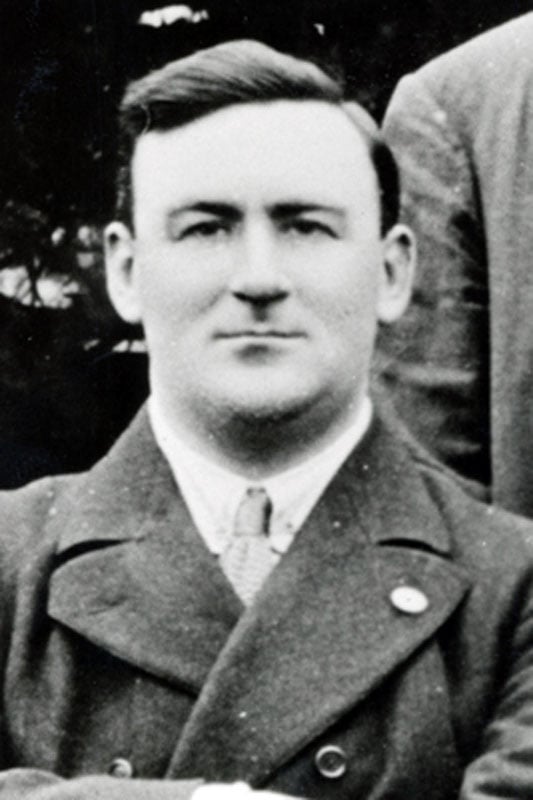
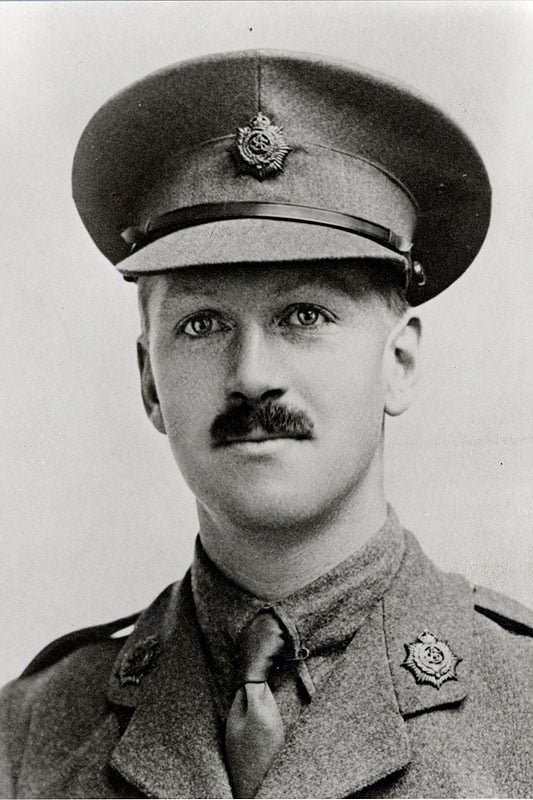
In 1925, it all came to an end when Bamford & Martin Ltd, now based at Abingdon Road, Kensington, despite receiving further investment from Lady Charnwood, went into receivership and Lionel Martin left.
Enter the redoubtable Bill Renwick, Augustus ‘Bert’ Bertelli and other investors (that included the ever-generous Lady Charnwood again) who took control of the company, renaming it ‘Aston Martin Motors’. It was moved to the former Whitehead Aircraft Limited works in Feltham, West London.
Bertelli and Renwick were already in business together, producing an overhead-cam, four-cylinder engine for potential use by motor manufacturers. They did, in fact, produce one complete car under their own names: ‘Buzzbox’, as it came to be called.
Marrying Bertelli and Renwick’s efficient 1,500cc engine to a light chassis based on sound and sometimes innovative engineering principles produced the now well-known series of classic ‘Pre-War Astons’, starting with the S-Type Sports and then the International, the Le Mans, the Mark II and its most desirable variation, the ‘Ulster’.
Racing was a vital part of the company, with frequent forays by wealthy privateers and factory-backed Team Cars at Brooklands, Le Mans, the Tourist Trophy and the Mille Miglia. Sadly, financial distress was no less familiar to Aston Martin, and first Lancelot Prideaux-Brune and later Sir Arthur Sutherland were forced to come to its rescue in the early to mid-1930s.
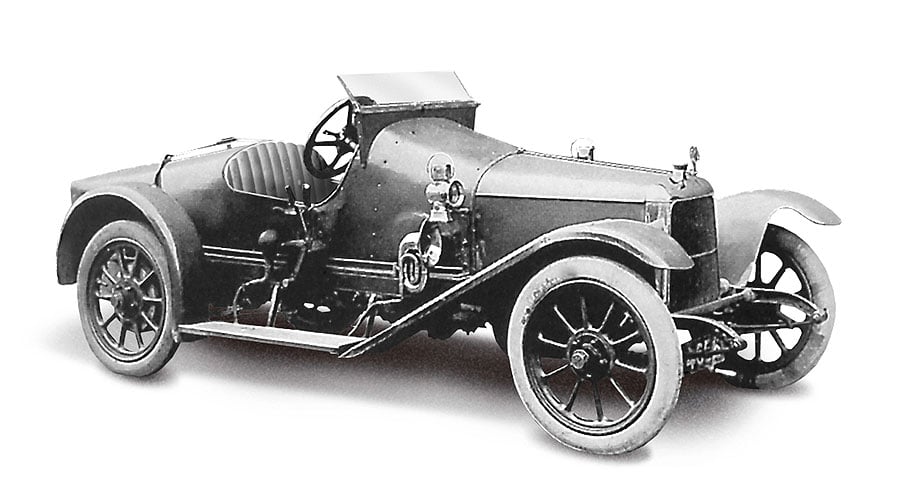
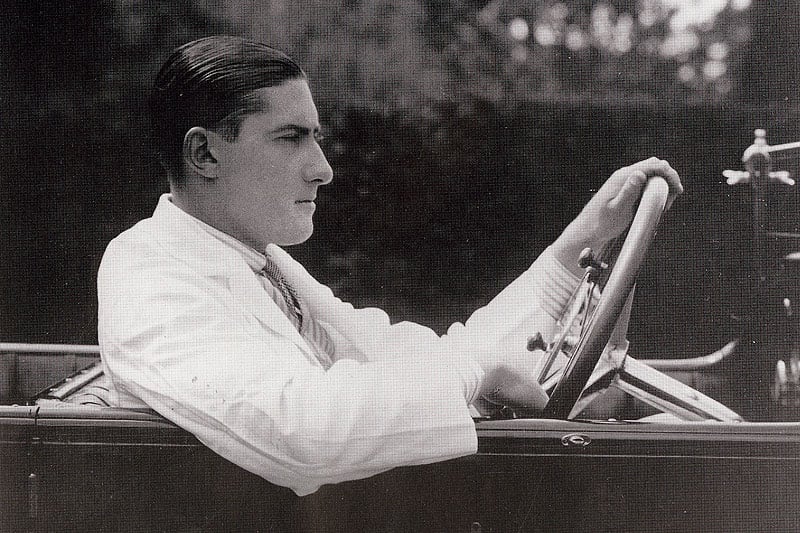
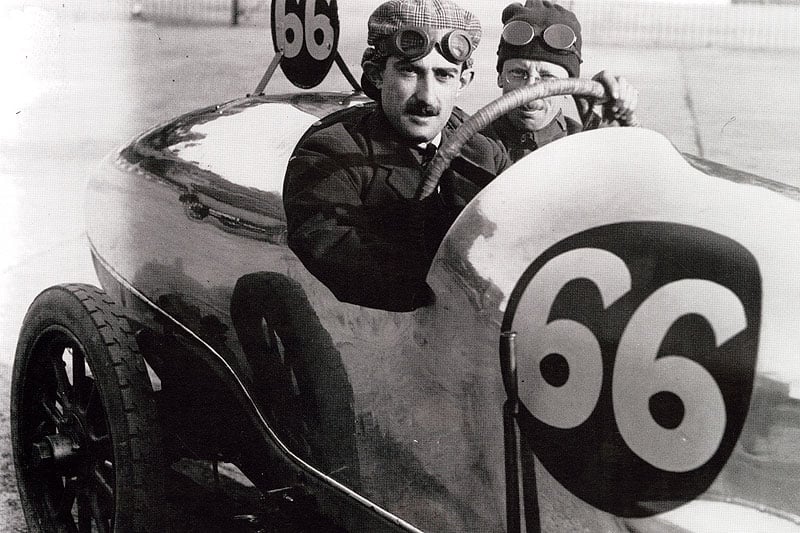
In 1937, having scaled its racing activities back somewhat, Aston Martin introduced a two-litre version of the engine with more up-to-date styling, hoping to sell a still-expensive car but with the added value of a bigger motor. The 15/98 with varied bodywork (four-door saloon, two-door tourer, 2/4 seater, drop-head coupé) was the result. Needless to say, racing wasn’t totally neglected and the Speed Models (in A-, B- and C-types) were seen on the tracks from this period right up to the early 1950s.
Only a couple of years after the introduction of the 15/98, Britain was at war with Germany and the Feltham works was given over to war work.
And immediately post-War, yet another white knight rode to the company’s rescue: David (later Sir David) Brown - an event which opened a totally new, unforgettable chapter in the history of Aston Martin.
|
Related Links You can find Aston Martins from pre-War days right up to the new Vanquish in the Classic Driver Marketplace. |
Photos: Aston Martin
